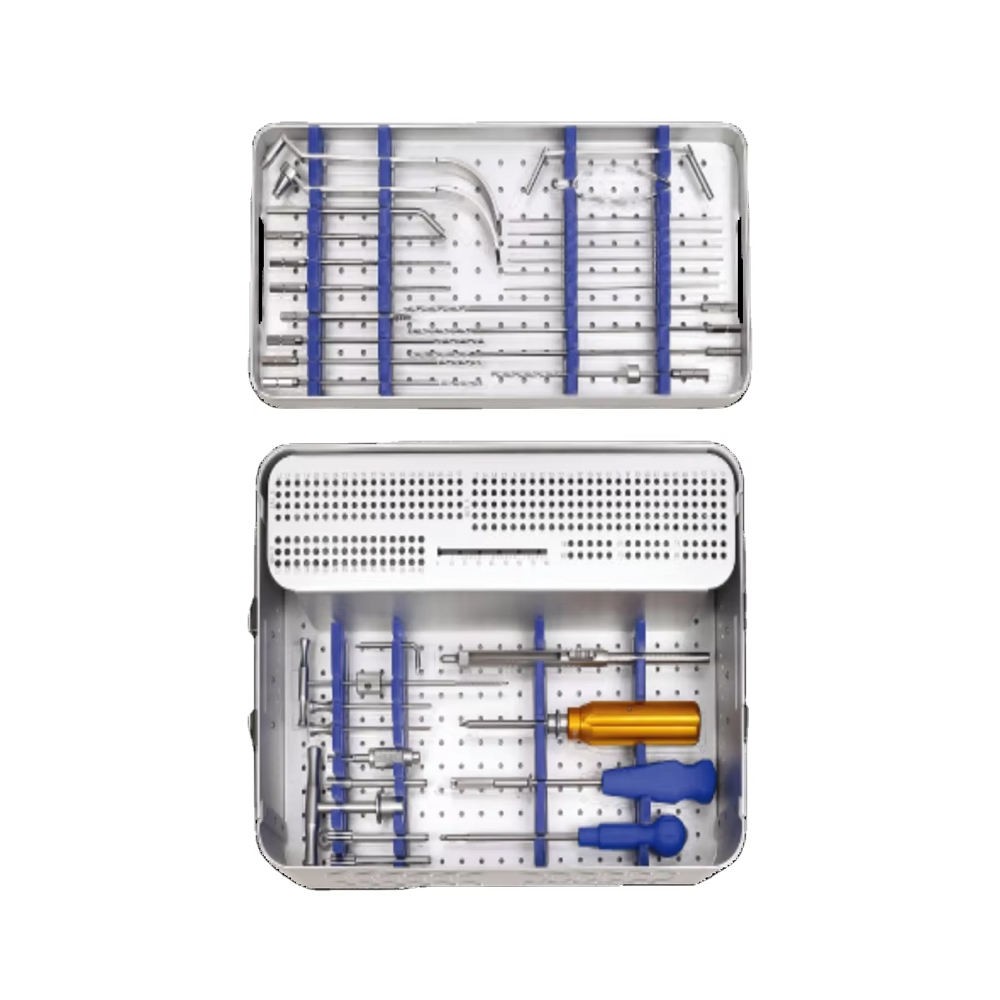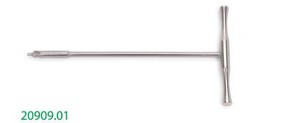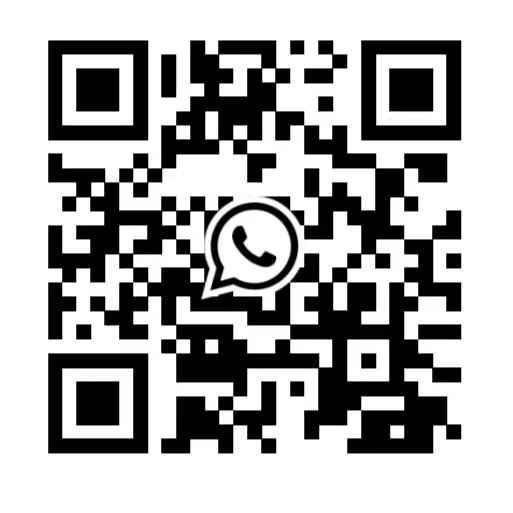What is the most commonly used surgical instrument?
Upper limb locking instrument kit (simple) for the installation of upper limb locking equipment during orthopedic surgery.
The surgical procedures of upper limb trauma are basically similar, and the basic instruments required are also similar, but it is necessary to select the corresponding surgical instrument according to the different specifications of the surgical instrument. Here we introduce a set of instrument kits suitable for the locking nail with a diameter of 3.5.
Ensure that all devices have been pasteurized to prevent infection. A guide and bone drill were used to drill holes in the fracture site for insertion of screws or plates.Tapping was performed after drilling using taps to ensure that the screws could be securely attached to the bone.The plate was placed on the fracture site and the screws were secured to the plate using an orthopedic screwdriver and wrench.A bone pry and orthopedic reduction forceps were used to reduce the fracture site, and bone holding forceps were used to fix the bone.The fixation of the plates and screws was checked and adjusted if necessary.
Points to note:
When using the upper limb HC3.5 locking device kit, the following precautions should be taken:
All instruments must be treated with high temperature, autoclaving before use to prevent infection.A high degree of operational precision needs to be maintained during surgery to ensure accurate reduction and fixation of the fracture site.
Upper extremity HC3.5 locking device kits are generally required to meet relevant medical device standards and certifications.
For example:
YY/T0294.1-2005: Specifies requirements for stainless steel materials for medical devices.
YY/T0149-2006: specifies the requirements for corrosion resistance of medical devices.





What is a spinal instrumentation?
Surgical instruments are numerous and varied, with different specialties having distinct instruments. Memorizing them can be challenging, but the following methods may help:
1.Association Method
Relate to function: For example, the back table often uses the Beckman retractor, which can be associated with "back" (spinal) surgery. The Mayo scissors can be linked to the word "Mayo," as they are commonly used at the Mayo Clinic. The needle holder, shaped like a pen, is used to hold needles. The hemostat, with its clamp-like structure, is used to clamp blood vessels and stop bleeding.
.Relate to appearance: For instance, the Allis forceps have teeth-like protrusions on the tips of their jaws, resembling a dog's teeth, so they can be referred to as "dog-tooth forceps." The Adson forceps have delicate teeth on their jaws, similar to the claws of a bird, thus called "crow's-foot forceps." The DeBakey forceps, with three-pronged tips, look like a three-pronged fork, hence the name "trident forceps."
Relate to inventor's name: Surgical instruments are often named after famous surgeons. For example, the Kocher forceps are named after Theodor Kocher, a Swiss surgeon; the Langenbeck retractor is named after Bernhard von Langenbeck, a German surgeon. Memorizing the characteristics and contributions of these surgeons can help remember the instruments associated with them.
2.Categorization Method
Categorize by function: Surgical instruments can be grouped into categories such as cutting instruments (e.g., scalpels, scissors), hemostatic instruments (e.g., hemostats, electrocautery devices), retractors (e.g., Langenbeck retractors, self-retracting retractors), suturing instruments (e.g., needle holders, suture thread), and dissecting instruments (e.g., dissecting forceps, dissecting scissors). Within each category, further subcategories can be created. For example, scalpels can be divided into No. 10, No. 11, No. 15, etc., with different blade shapes suited for different surgical needs.
Categorize by surgical specialty: Different surgical specialties have their own specialized instruments. For example, in orthopedic surgery, instruments like bone forceps, bone chisels, and bone drills are commonly used; in neurosurgery, delicate instruments such as microscissors and microforceps are employed; and in ophthalmic surgery, even more precise micro-instruments are required.
3.Visual Memory Method
Familiarize with instrument diagrams: Refer to surgical instrument diagrams or atlases to study the images of various instruments, focusing on their shape, structure, and features to form a visual impression.
Observe actual instruments: Take advantage of opportunities to observe surgical instruments in operating rooms or labs. Pay attention to their appearance, size, and handle markings, and compare them with the images in diagrams to reinforce your memory.
Post time: Jul-14-2025










